Ferulic acid – multifunctional plant active ingredient
Higher memory performance, effective skin protection, tasty aroma – all this is provided by ferulic acid. Years ago, a research team from Halle and Magdeburg found an active ingredient in the rose root plant that is said to work against dementia: an ester of ferulic acid (ferulic acid eicosyl ester FAE-20). Studies on fruit flies […]
Read moreMedicinal Plant of the Month November: Dandelion (Taraxacum officinale)
Its leaves are reminiscent of a lion’s teeth – hence its name: dandelion. In the spring, the typical jagged leaves sprout from the ground, followed immediately by a stem up to 30 cm high. The bright yellow flowers soon appear, which after a short time develop into so-called dandelions. Children in particular enjoy this when […]
Read moreStaurosporine – antihypertensive, antifungal, antitumor
Staurosporine is a natural product that was isolated in 1977 from the bacterium Stepromyces staurosporeus. It is among the first of over 50 alkaloids isolated with this type of bisindole chemical structure [1,2]. Shortly after its discovery, various of its biological activities were demonstrated, which are still the subject of current research. Among other things, […]
Read moreMedicinal Plant of the Month for October: Vervain (Verbena officinalis)
The name of our medicinal plant of the month October is no coincidence, because: In the past it was used to treat injuries caused by iron weapons and it also played a role in iron smelting: Vervain (Verbena officinalis). Vervain – miracle weapon against various ailments The healing properties of verbena were discovered in ancient […]
Read moreMedicinal plant of the month September: black cohosh
Even the indigenous peoples used the roots of the plant as a remedy and it is also used in modern phytotherapy: black cohosh. While it used to be used to treat snake bites, it is now considered a herbal alternative to hormone therapy in gynecology. Its effectiveness has been proven in several studies. Black cohosh: […]
Read morePlant cholesterol: important development in vaccine production
Researchers have succeeded in producing pharmaceutical cholesterol from plant-based raw materials using a highly effective process. This opens up new possibilities, especially in vaccine production. In this way, large quantities of the molecule, which is urgently needed for the production of mRNA-based vaccines, can be made available in the future. Cholesterol: an essential building block […]
Read moreMedicinal Plant of the month August: the goldenrod
Goldenrod has been used to treat urinary tract infections for more than 700 years. The goldenrod’s Latin name, Solidago, means ‘healthy’. So it is no wonder that it is used as a medicinal plant. Goldenrod – effective for urinary tract infections Botanically, the goldenrod can be divided into two species: Goldenrod: reaches heights of up […]
Read moreLead(II) acetate: REACh registration completed
In the chemical laboratory, it is mostly used as a trihydrate, which forms colorless crystals: anhydrous lead(II) acetate. lead sugar in antiquity Lead(II) acetate is originally known as lead sugar. Until the 19th century it was used as a sugar substitute (defrutum) to sweeten wine – despite its toxicity. Even the ancient Romans used lead […]
Read moreIn search of endogenous proteins
Johannes Broichhagenwww.broichhagenlab.com In his lectures, summarized in his book “What is Life?”, the physicist Erwin Schrödinger described in the 1940s that “the course of life processes in an organism […] [shows] an admirable regularity and order that in inanimate matter does not find its equal”.[1] Almost 80 years later, we are still searching for the […]
Read moreMedicinal plant of the month July: The hogweed
The poisonous hogweed is rampant again in Bavaria. It is mainly found in ditches, in forest areas and on the banks of streams. Wherever it grows, it also multiplies quite rapidly there, which is why it regularly puts conservation organizations on the alert. Hogweed: Absolutely avoid skin contact with the plant The plant species, brought […]
Read moreLupins: vegetable protein source
Lupine seeds, which are particularly high in protein, have long been considered an alternative to soy. Slowly but surely, lupine products are conquering the food market – and not without reason. Already in ancient Egypt, around 2000 BC, the lupine was considered one of the most important foods next to grain. Even then, people knew […]
Read morePlant of the Month June: Foxglove
The common foxglove, which belongs to the plantain family, is native to Central and Western Europe. Since it is also popular as a houseplant, it is also cultivated. As a biennial plant, it can grow to a remarkable height of up to two meters. The oval leaves of Digitalis purpurea are lance-shaped, the flowers are […]
Read more

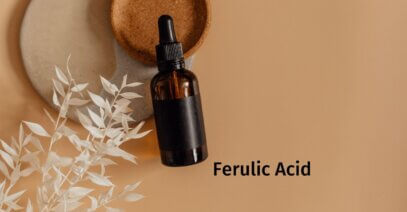
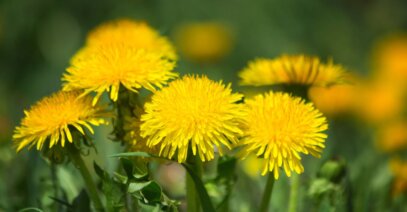
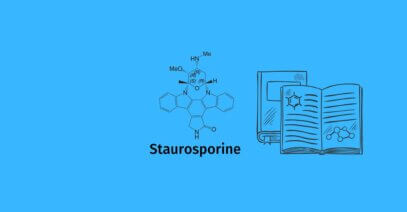
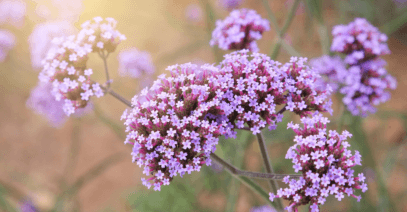
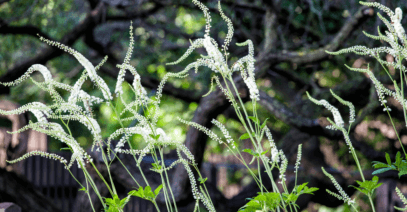

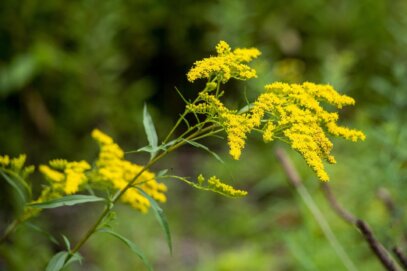
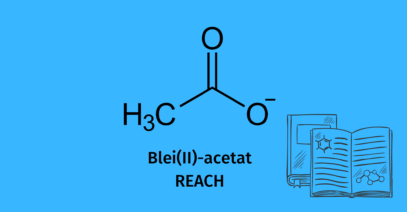

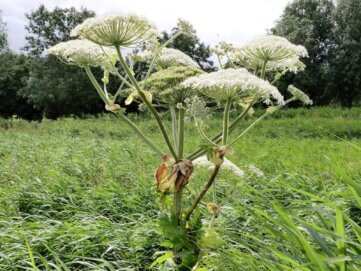
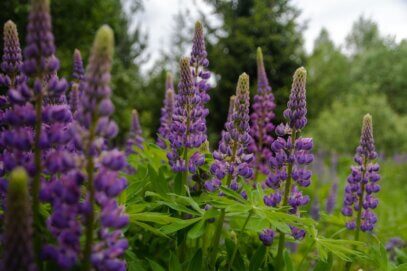

 4c media
4c media